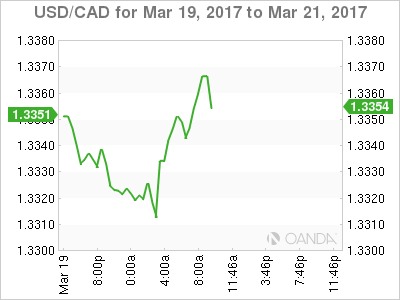Wholesale sales rose 3.3% to a record high $59.1 billion in January. This was the largest monthly percentage gain since November 2009, when wholesale sales rose 3.8%. Sales were up in four of seven subsectors, representing 55% of total wholesale sales. The motor vehicle and parts subsector contributed the most to the gain.
In volume terms, wholesale sales increased 3.4%.
Gain mainly attributable to the motor vehicle and parts subsector
The motor vehicle and parts subsector recorded the largest gain in dollar terms in January, rising 17.1% to $11.9 billion, the first increase in three months. Excluding this subsector, wholesale sales increased 0.3% in January. Sales in the motor vehicle industry (+20.8%) rose to a record high, and accounted for most of the advance in the subsector. There were higher imports and exports of motor vehicles and parts in January, and motor vehicle manufacturing sales increased for a second consecutive month.
The personal and household goods subsector rose 3.0% to $8.5 billion, on the strength of gains in four of six industries in the subsector. A 30.6% increase in the home entertainment equipment and household appliance industry led the gains, and more than offset the industry’s combined declines during the last two months of 2016.
Sales in the food, beverage and tobacco subsector edged up 0.2% to $11.2 billion in January. The food (+0.4%) and beverage (+3.7%) industries contributed the most to the gain.
Following two consecutive increases, the miscellaneous subsector was down 1.0% to $7.4 billion. The agricultural supplies industry (-7.7%) recorded the lone decline in January and reached their lowest level since October 2016.
The machinery, equipment and supplies subsector (-0.3%) declined for the first time since September 2016. Declines in the computer and communications equipment and supplies (-2.1%) and the farm, lawn and garden machinery and equipment (-4.7%) industries were partially offset by gains in the other machinery, equipment and supplies industry (+3.3%).
In the building material and supplies subsector, sales edged down 0.2% to $8.0 billion, their first decline in four months. The lumber, millwork, hardware and other building supplies industry reported the lone decrease (-3.8%) and was mostly offset by increases in the other two industries.

Higher sales in six provinces
Wholesale sales rose in six provinces in January, representing 77% of total wholesale sales. In dollar terms, Ontario accounted for most of the gain.
Sales in Ontario rose 6.0% to a record $30.5 billion in January, on the strength of higher sales in the motor vehicle and parts subsector. This was the first increase in three months and the largest monthly dollar gain in Ontario since September 2003.
Alberta recorded a fourth consecutive increase, with sales up 2.0% to $6.5 billion. Gains were led by the motor vehicle and parts, machinery, equipment and supplies, and building material and supplies subsectors.
In Nova Scotia, sales increased 6.0% to a record $838.2 million, a second consecutive advance and the largest monthly dollar gain since June 2015. In British Columbia, sales grew 0.8% to a record $5.9 billion, a fourth consecutive increase. The motor vehicle and parts subsector led the advance in both provinces.
Sales in both Manitoba (+2.6%) and New Brunswick (+1.7%) rose for the fourth time in nine months. Gains were recorded in five subsectors in Manitoba and four subsectors in New Brunswick.
Sales in Saskatchewan declined for the first time in three months, down 3.5% to $2.1 billion in January, offsetting the 3.5% gain in December. The largest contributor to the drop was the agricultural supplies industry.
Wholesale sales in Newfoundland and Labrador declined for the second consecutive month (down 4.8% to $373.1 million in Januray), primarily on lower sales in the miscellaneous subsector.
In Quebec, sales edged down 0.1% to $10.7 billion. Declines in the building material and supplies subsector and machinery, equipment and supplies subsector offset gains in other subsectors.
Sales in Prince Edward Island (-1.0%) were down for the fourth time in five months, with the building material and supplies subsector and the personal and household goods subsector leading the decline.
Inventories decline in January
Wholesale inventories decreased 0.3% to $73.7 billion in January, the first decline in six months.
The motor vehicle and parts subsector (-1.6%) posted the largest decline, reflecting the strength of their sales.
Inventories in the machinery, equipment and supplies subsector (-0.5%) declined for the first time in six months, while inventories in the miscellaneous subsector (-0.5%) were down for the first time in four months.
The building material and supplies subsector (-0.2%) reported lower inventories for the third consecutive month, while the food, beverage and tobacco subsector (-0.2%) declined for the first time in 15 months.
Inventories in the personal and household goods subsector (+1.0%) recorded their second consecutive increase.
The inventory-to-sales ratio declined from 1.29 in December to 1.25 in January. The last time the inventory-to-sales ratio was this low was in December 2014, when the ratio was also at 1.25. This ratio is a measure of the time in months required to exhaust inventories if sales were to remain at their current level.
